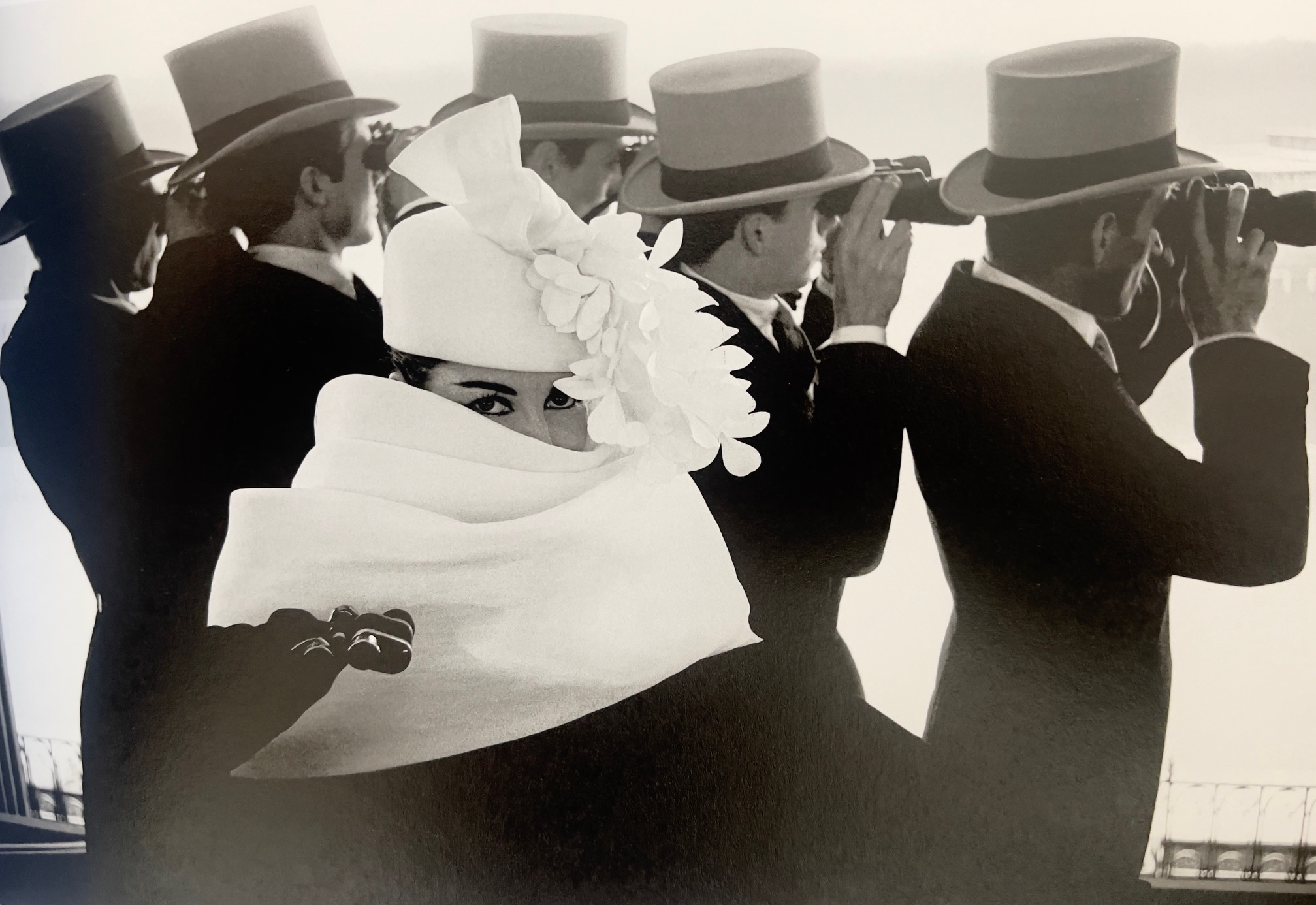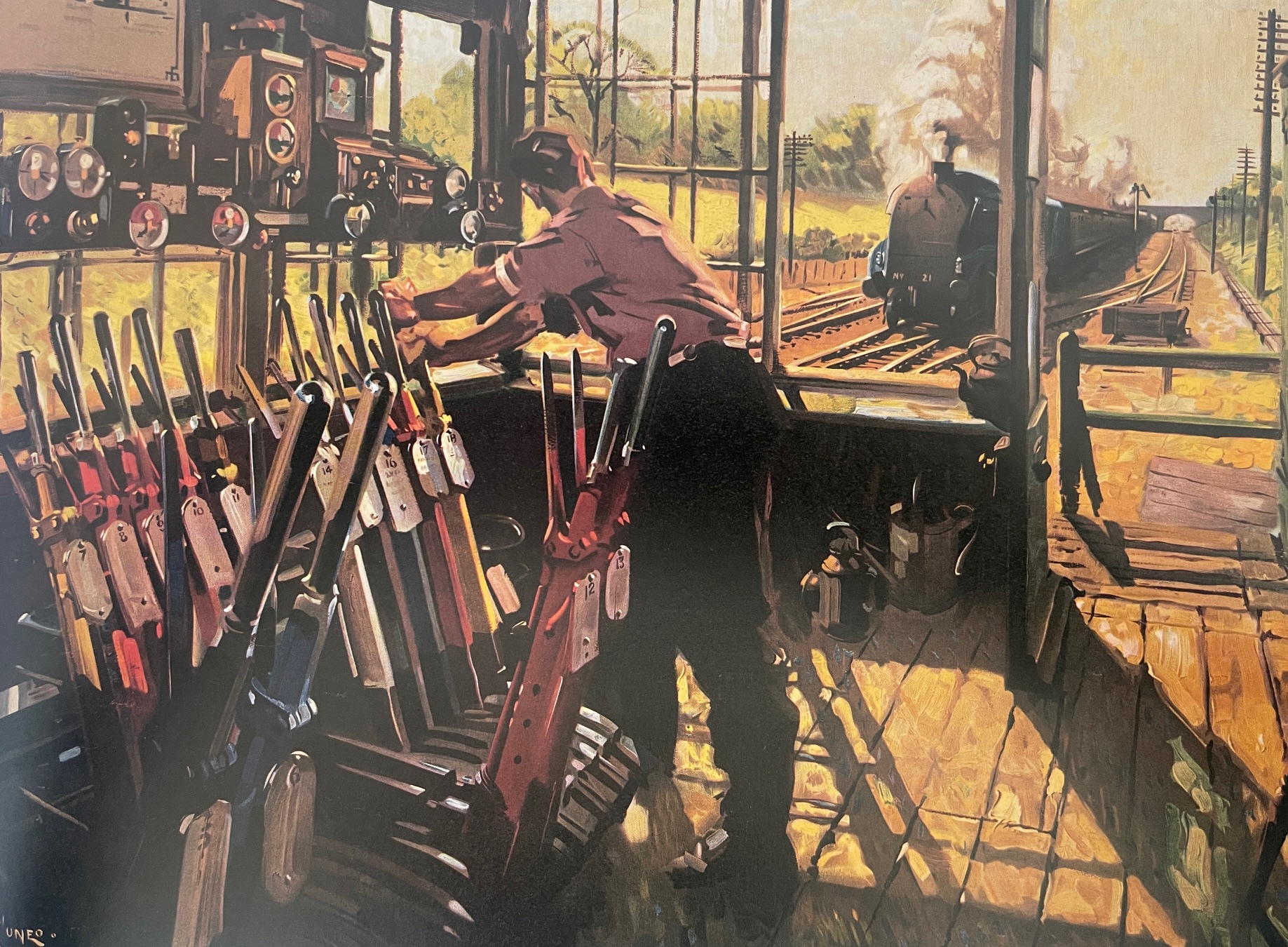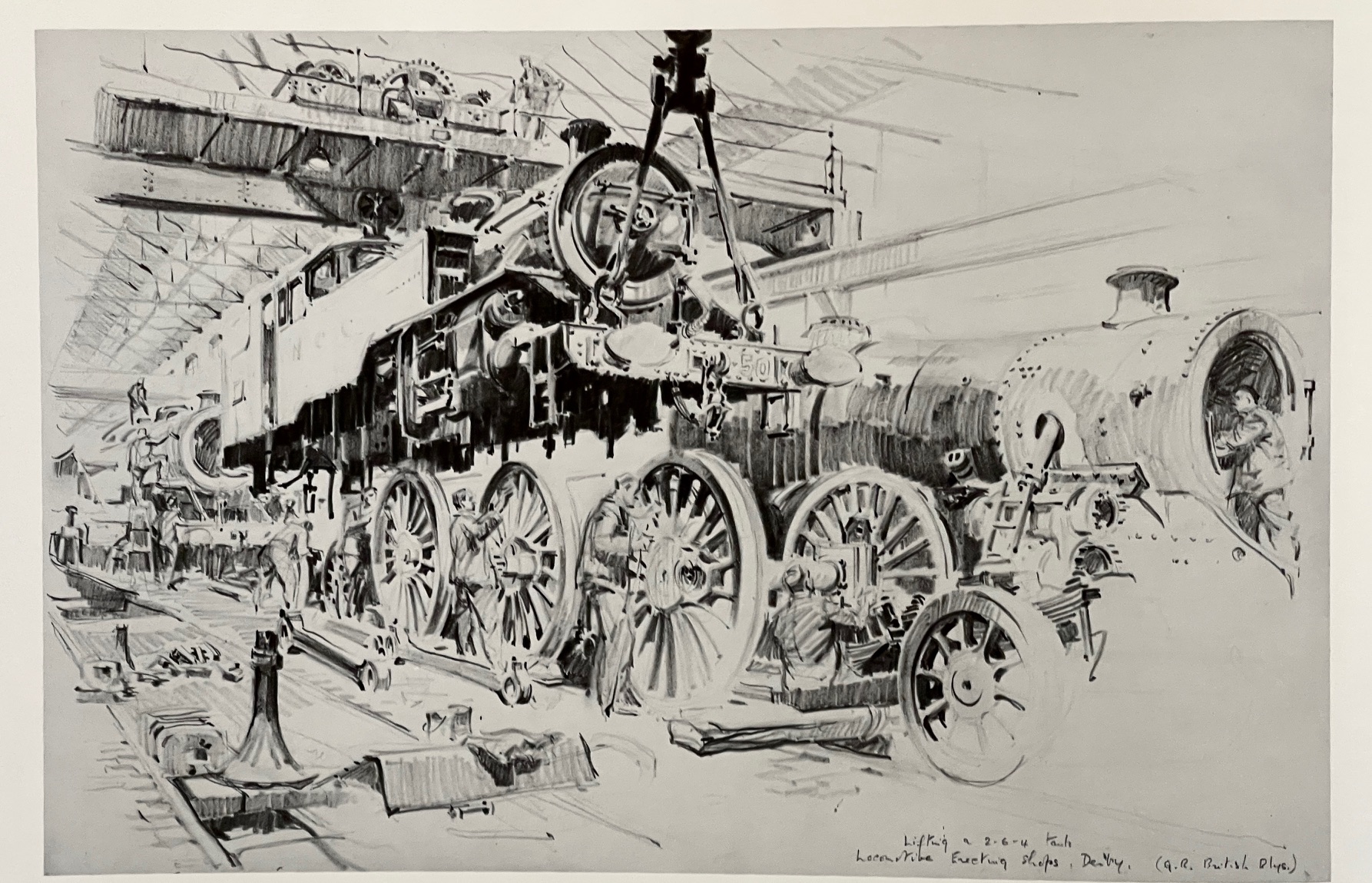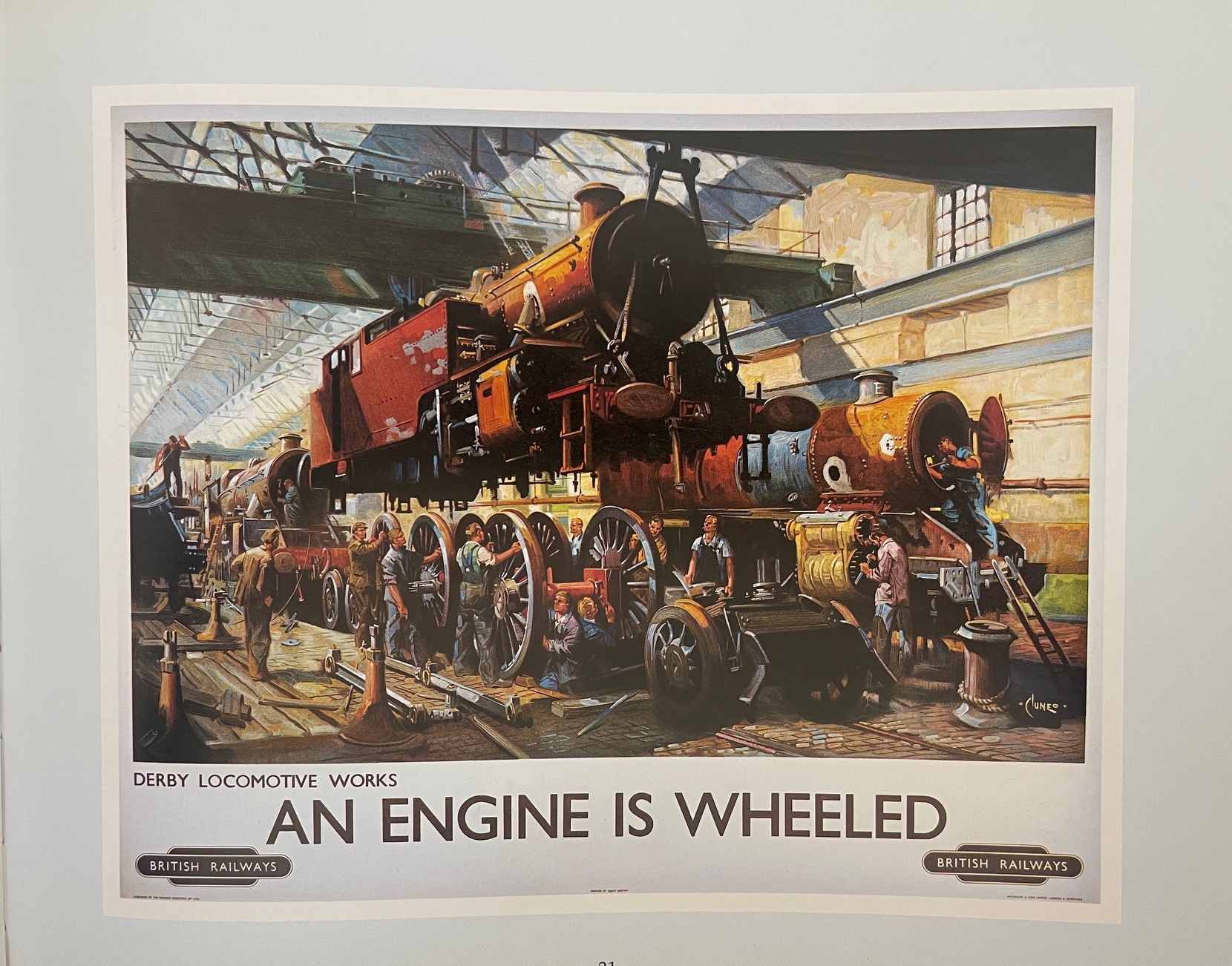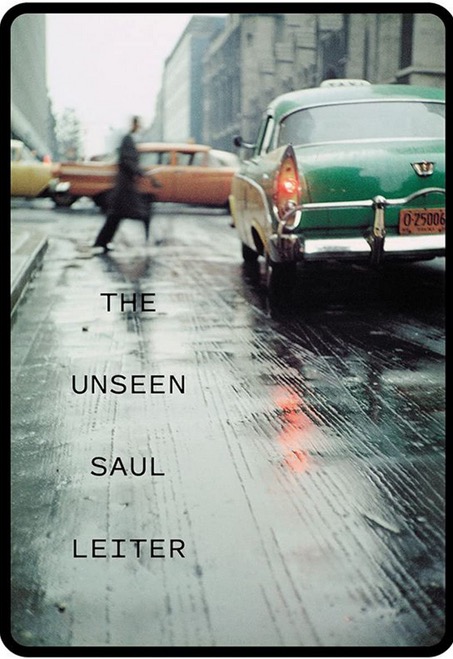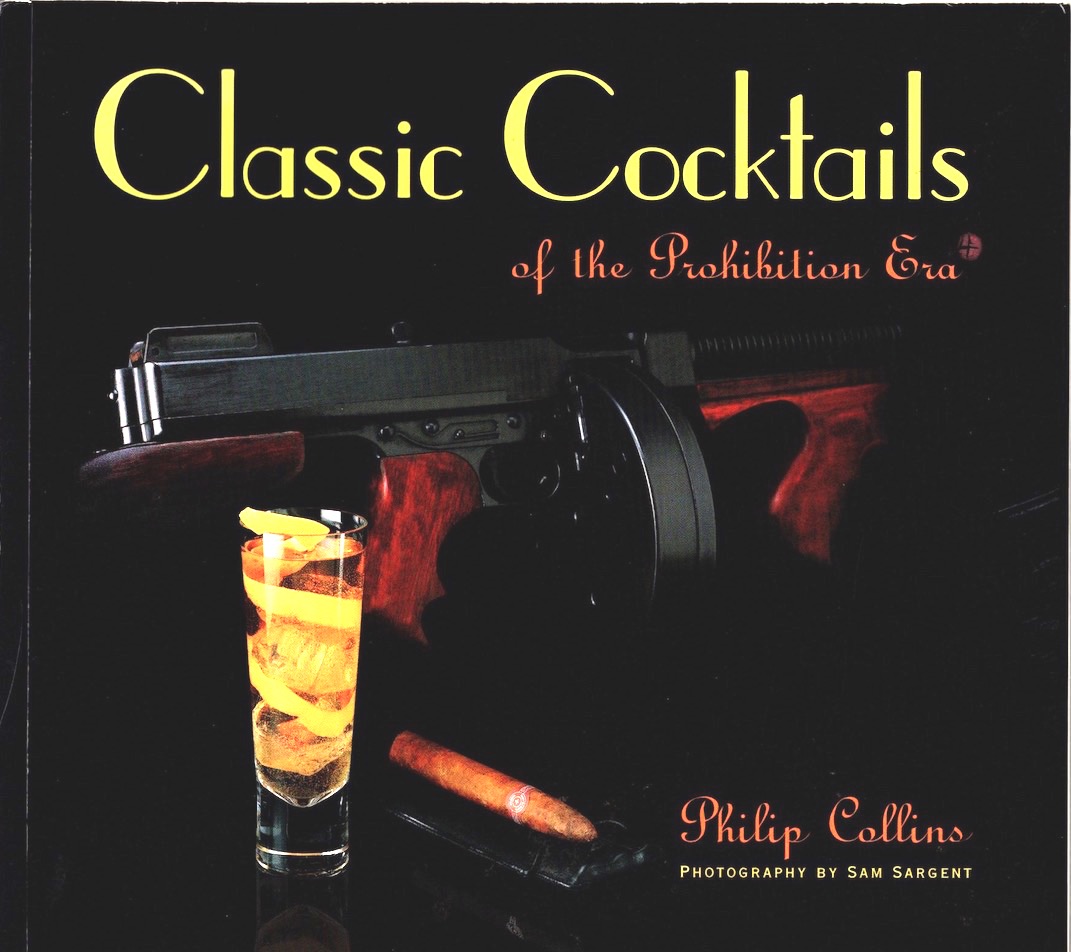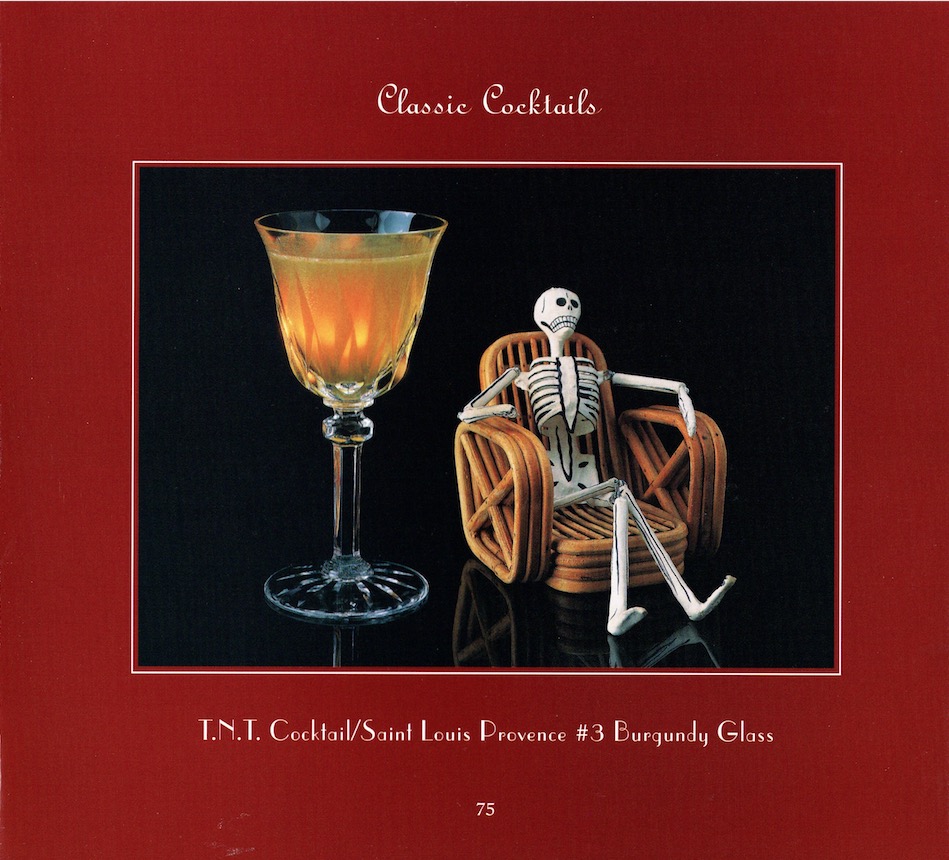Lots of fun.
You can view my library of photography and art books by clicking here.
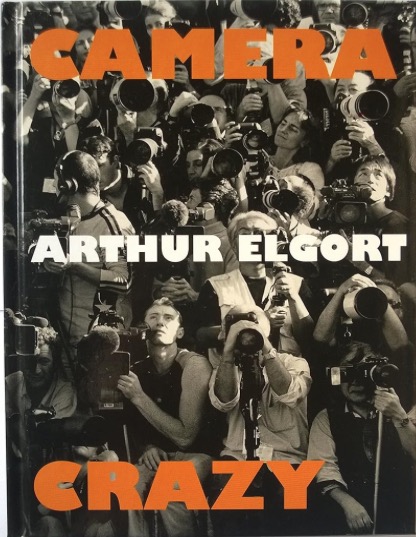
Click the image for Amazon.
If the original supermodels of the 1950s were Lisa Fonssagrives (later Mrs. Irving Penn) and Wenda Rogerson (Mrs. Norman Parkinson) you will not find them in this book whose focus is on the fashion photography world of the 1970s. Instead it’s models like Cindy Crawford and Christy Turlington who feature heavily in the pages of this book and the whole confection is as fun as it gets.
Ostensibly intended to showcase Arthur Elgort‘s large camera collection it focuses on his always light and fun photography for the leading magazines of the day and, yes, it’s the Big Four which feature heavily in its pages. That means Leica, Nikon, Hasselblad and Rolleiflex.
The type is hard to read but you don’t come here for reading. Viewing is the goal. Highly recommended.
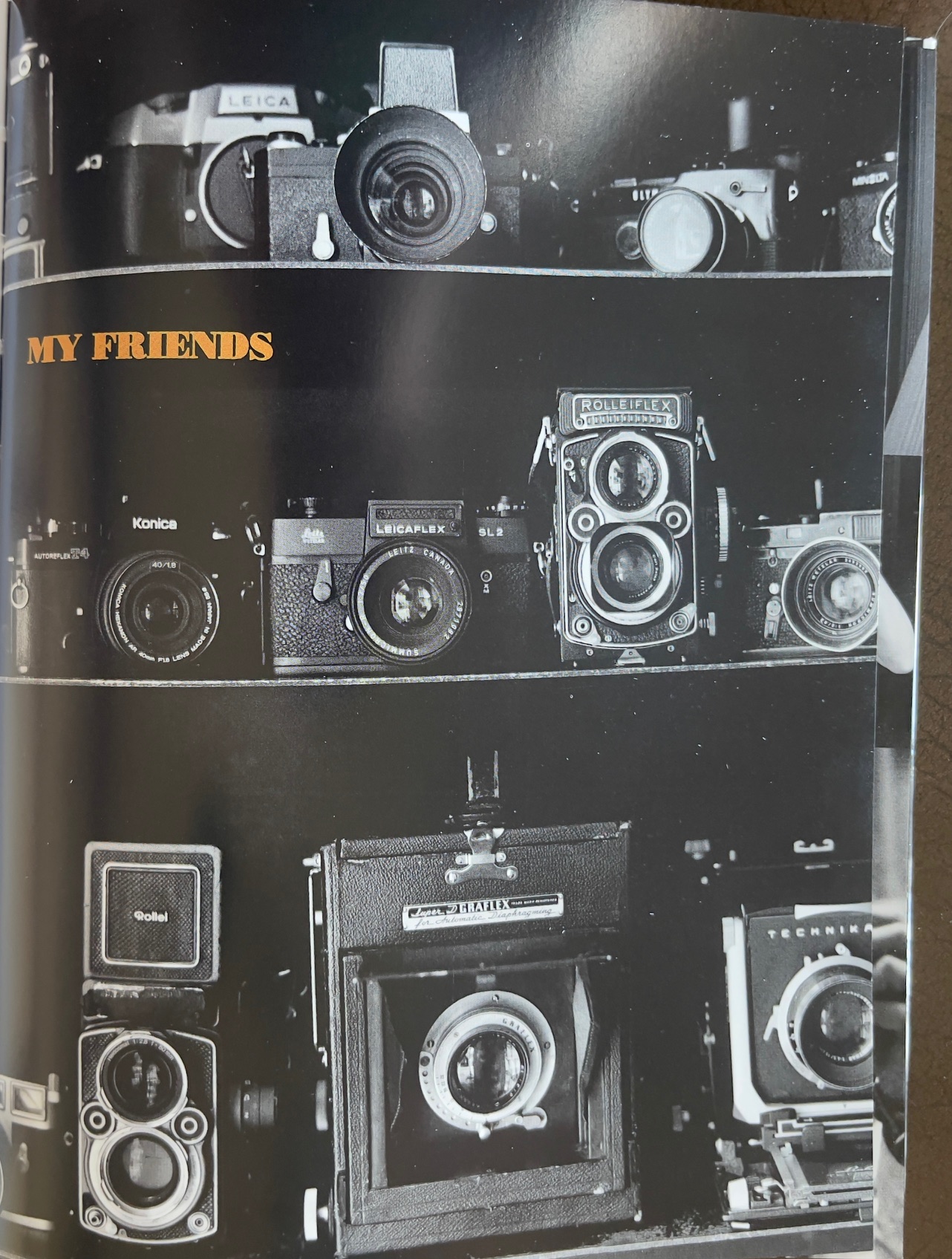
A small part of Elgort’s equipment cabinet.
